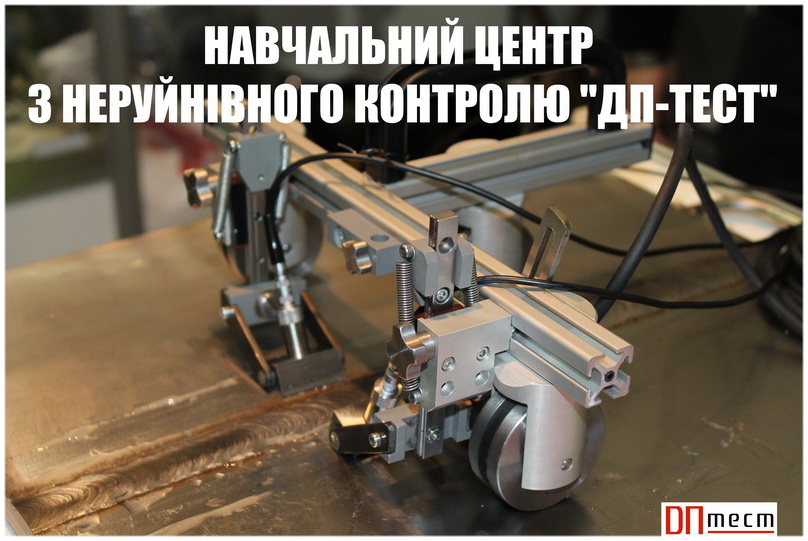In this diploma work, a study was conducted on the impact of augmented data on the efficiency of a convolutional neural network by adding a small volume of augmented data to the training set. The addition of 10, 20, and 30 percent of augmented data relative to the quantity of the initial sample data was considered.
Three augmentation methods were applied: mirroring; magnification; rotation.
The data used included three types of road surface defects: a network of cracks; potholes; linear crack.
Studies were conducted on the MobileNet architecture using the transfer learning approach.
As a result, ten samples with augmentations were considered, the accuracy of which was practically indistinguishable from each other, indicating the invalidity of the approach to extend a small training sample with a small percentage of augmentation data.
Research advisor: O. Protasov









